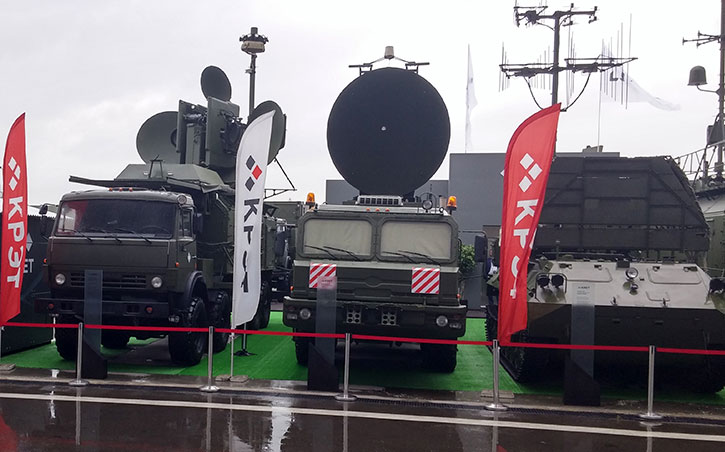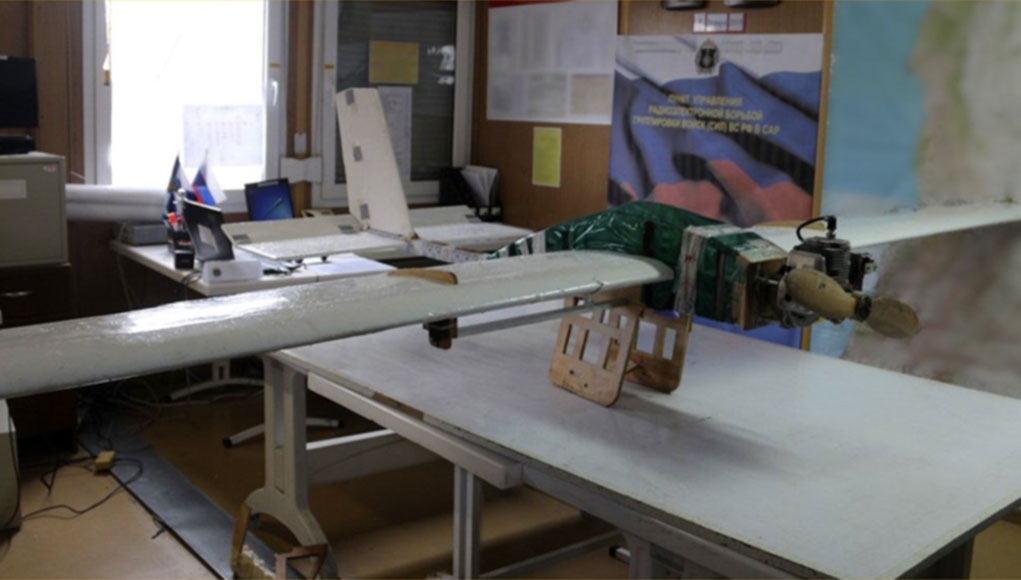Sryrian militants began using drone attacks in Syria; following repeated strikes against Russian ground forces operating in the country, Russian and Syrian forces repelled a massive attack on Saturday night, downing and capturing 13 improvised, armed suicide drones. The recent attack included ten drones directed against the Russian forces at the Hmeimim airbase near Latakia; another strike targeted the Russian maritime logistical base at Tartus with three drones.
The identity of the faction responsible for these attacks has yet to be disclosed, but the frequency of attacks and rapid growth in the number of drones used in each strike indicate the high level of maturity and know-how acquired by the perpetrators.
According to Russian and Syrian media reports, several drone attacks occurred in the past week. On the night of December 31th, 2017 two Russian service members were killed in what was described as a mortar attack on the Hmeimim airbase. Syrian insurgents claimed several Russian aircraft were damaged in the attack, but the Russian Ministry of Defense denied this despite that some photos aired on Southfront.org clearly showed the damage. Rebel sources later said that drones were also used in that attack but provided no evidence to their claim.
Armed drones were used two days later, as improvised armed drones attempted to attack a Russian mine clearing operation near Homs, on January 2nd. Another drone strike followed two days later, as improvised drones dropped small mortar bombs on the Syrian town of Qardaha, east of Latakia, and on the village of Jableh near the Russian airbase at Hmeimim. Both drones were downed by Syrian machine gun fire, although it is not clear if this incident was supported by the Russians.
The largest and most recent attack happened two days ago, on January 6th, as 13 improvised armed drones were launched against two Russian bases – the air force contingent at Hmeimim and the naval logistical base in Tartus. This time some of the drones managed to reach the base’s perimeter, three of them were downed by Pantsir anti-aircraft fire along with heavy and medium machine gun fire.
Russian government sources confirmed the news, claiming all drones were detected, tracked and neutralized – downed or captured by counter-UAV and air defenses. Russian operated Electronic Warfare assets managed to defeat six of the drones, and take control and land three of them. Three of the drones penetrated the base perimeter but did not cause damage or casualties, Russian sources confirmed. The official report said Russian electronic surveillance detected the attacking drones ‘at a considerable distance from the objectives’.
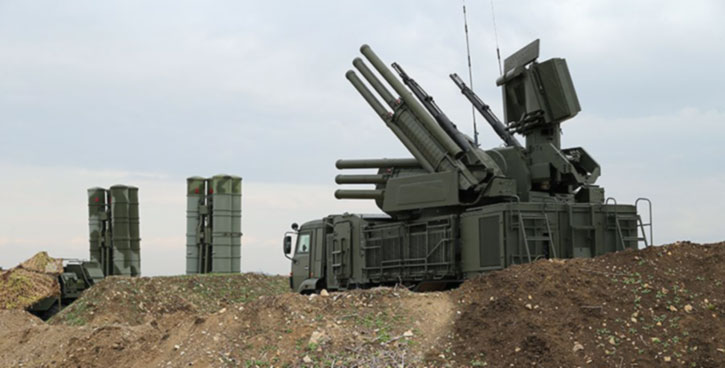
The remaining seven were shot down by Pantsir-S1 (NATO Reporting name: SA-22) Short Range Gun/Missile air defense systems and Syrian heavy machine guns. Since arriving in Syria Pantsir demonstrated its capability against larger drones. The Russian and Syrian forces claimed kills of not less than six drones by the system, including three ‘Heron’ type drones of unknown origin (Turkish? Israeli?), one RQ-21 (operated by the US Marine Corps) and one Baykatar (a Turkish tactical UAV).
The Russian report said the improvised drones that attacked Hmeimim were launched from a range of 50 km. They were detected and tracked for a large part of their flight, at a distance from their objective, enabling the forces defending the bases to prepare and carry out a defense plan that successfully captured some of the drones and destroy the rest.
It is not clear whether the attack was simultaneous or coordinated, but, given the low tech of the drone devices, it was unlikely a ‘swarm attack’ (a dynamic attack conducted by multiple drones that autonomously coordinate their actions according to preset mission parameters), but could have employed simultaneous approaches from different directions using catapult launches, that followed preset flight paths.
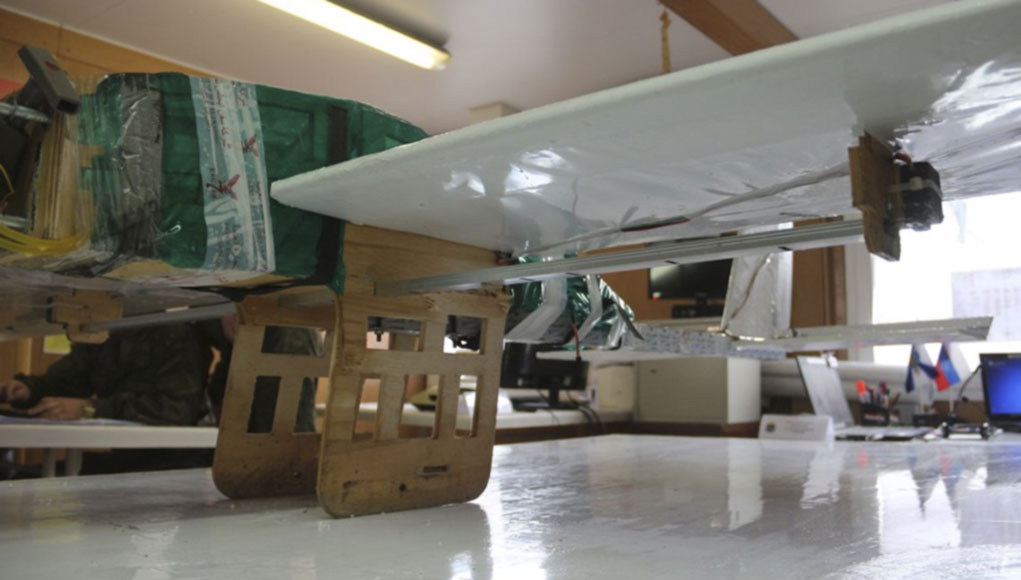

Preliminary Technical Evaluation
A technical examination determined that the drones were not used at their maximum range – and could easily be launched from 100 km. The captured drones revealed the aircraft are made of wood, Styrofoam, plastic, and aluminum profiles. The drone implements basic, commercially available Radio Controlled aircraft components. It is powered by a small diesel engine and uses GPS navigation for guidance, with autopilot control using pressure transducers for altitude control and servo actuators to move the control surfaces. Russian analysts indicated that each of the drones carried two bomblets containing ‘professionally assembled explosives’ activated by fuses derived from mortar of foreign origin. The Russians are performing a forensic investigation to determine the explosives’ origin. Since these UAVs do not have a camera they aren’t likely controlled from the ground and thus used as one-way ‘suicide drones’. Bombs release is likely autonomous, using GPS control. It is possible that a third explosive charge would be carried inside the fuselage box.
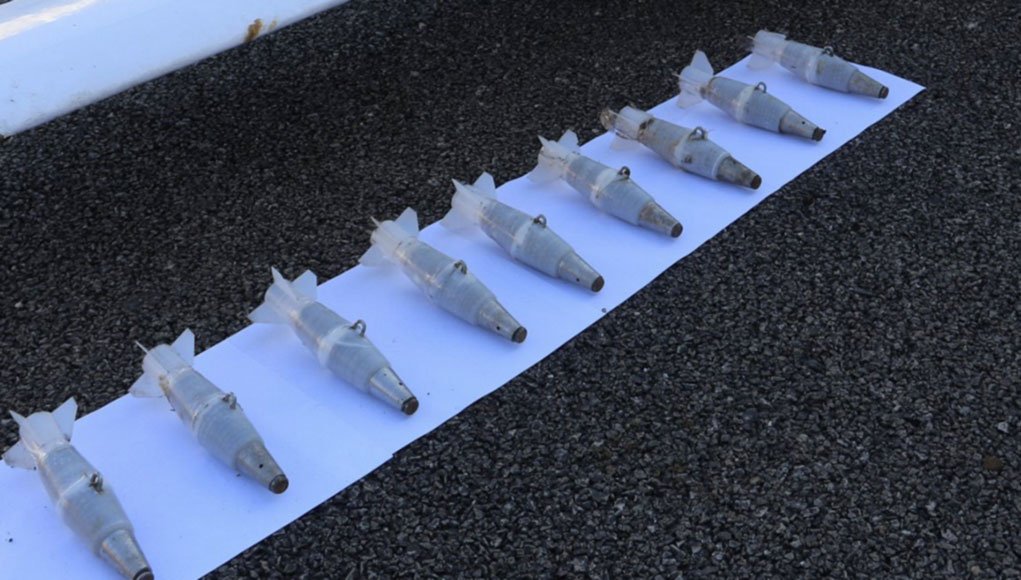
The first attack reported by the London-based Syrian Observatory for Human Rights was attributed to an unnamed ‘Islamic faction’ and ‘Islamic Extremists’. A day later the ‘Free Alawite Movement’ claimed responsibility for the two attacks that targeted the Russian forces at Hmeimim airbase. The group said the attack damaged an S-400 air defense unit and seven Russian aircraft at the base.
Pro-government sources contradict the Alawite movement claim saying the perpetrators were the Ahrar al-Sham Movement or Hay’at Tahrir al-Sham (HTS), a Syrian El Qaida affiliated group. HTS has the resources and motivation for attacks of this type. They may have received assistance form ex-ISIS experts that practiced drone attacks in the past, in Syria and Iraq. Palestinian Hamas Movement has also used similar concepts in Gaza.

Electronic Combat VS Counter UAVs
Aware of the drone threats in the region the Russian forces deployed several C-UAV systems to Syria. According to Defense-Update C-UAV Study 2018, the Russian forces deployed mobile C-UAV assets, including the LEER-2 system, an EW system developed by KERT and mounted on Tiger light armored vehicles. LEER-2 detects and localize multi-rotors, drones, and mini-UAVs and uses dedicated jamming systems to disable such drones.
Another Russian system reportedly sent to Syria is Repellant, a truck-mounted system specially designed for counter-UAV missions, equipped with passive UAV detection and active jamming suppression capabilities. The system comprises two surveillance systems and two jamming systems with sensors and emitters mounted on elevated masts, to enable simultaneous engagements of multiple targets, over a frequency range of 200-1000 MHz and 1-14 GHz. Operating multiple jammers at up to one kilowatt of power, Repellant-1 can jam simultaneously over 12 frequencies, targeting satellite navigation systems such as GPS, Galileo, and BeiDou, telemetry, and uplinks in line-of-sight, at ranges up to 30 km. The system employs several jamming protocols, including pseudo-random sequence and frequency-aimed phase manipulation.

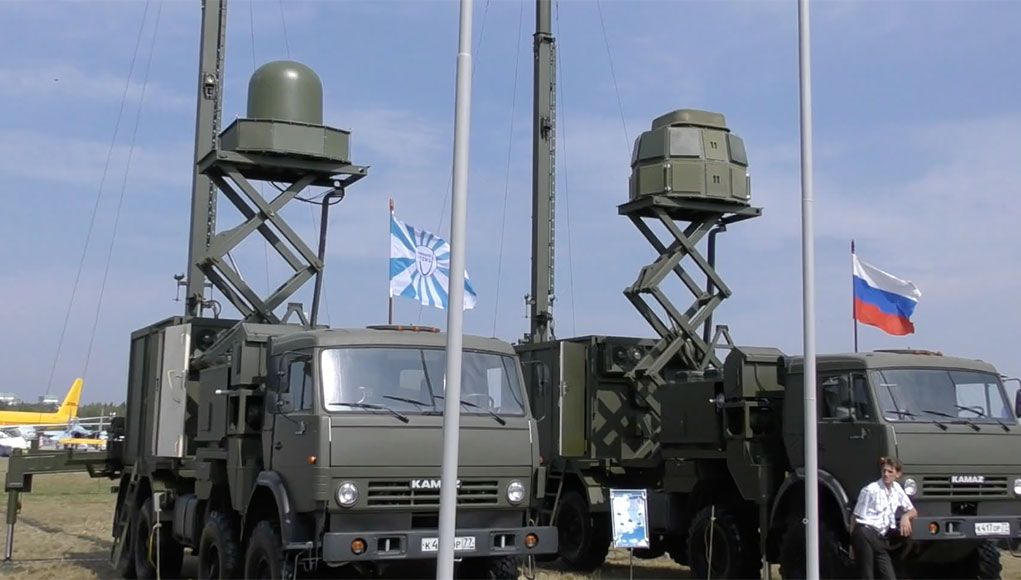
The Russian forces also deployed to Syria the Krasukha-4, a powerful, highly sophisticated electronic surveillance and jamming system. Krasukha-4 was used extensively to mask the Russian air deployment to Syria in the initial phases of Russian deployment, and later, jammed datalinks of coalition forces attempting to disrupt certain attacks. These systems can also conduct electronic surveillance of the entire region but are considered an ‘overkill’ to the improvised drones used by the rebels.
